How At Fillmore East reached Norway in 1971
An Atlantic Records’ sampler got a music-loving teen on holiday hooked on the Allman Brothers
Per Edvin Wadd Hermansen, from Oslo, Norway, sent me his At Fillmore East origin story. He’s allowed me to share it with y’all here.
I’m generally fascinated by these tales. And I’m particularly intrigued by Per’s, and not only because of the Allman Brothers Band’s relatively low profile in Europe at the time.1
It’s also a reminder of how music (and word) traveled in the pre-digital age. In this case, how a music-lover from Norway learned about the ABB from an Atlantic Records (UK) sampler.
Here’s Per’s text, which he sent to me translated into English. I’ve made a few edits, but left the majority of it intact. I’m grateful to Per for sharing with me and allowing me to share with y’all.
Fuglevik, Norway
My summer holidays were spent in my childhood paradise: Moss, more specifically Fuglevik, a resort that surpassed anything abroad could offer.
Here you could buy the world's best ginger ale (Moss Brewery—in a classically large, dark bottle). There was a jukebox in the café with “In the Ghetto” / Elvis, “The Ballad of John & Yoko” / the Beatles, “Come On, Let's Go” / the McCoys, “Sunny Afternoon” / the Kinks, etc.
There were many good swimming spots, it smelled like salt water, seaweed and kelp, there were jellyfish, crab fishing, we had squirrels visiting for breakfast. There was easy bus connection to Mecca—Moss center.
There was barely time to sleep.
There were visits to the EPA, a Swedish department store chain—an exotic facility that had not reached my small town of Kongsberg. It had an escalator, which my brother Erik and I rode frequently and repeatedly.
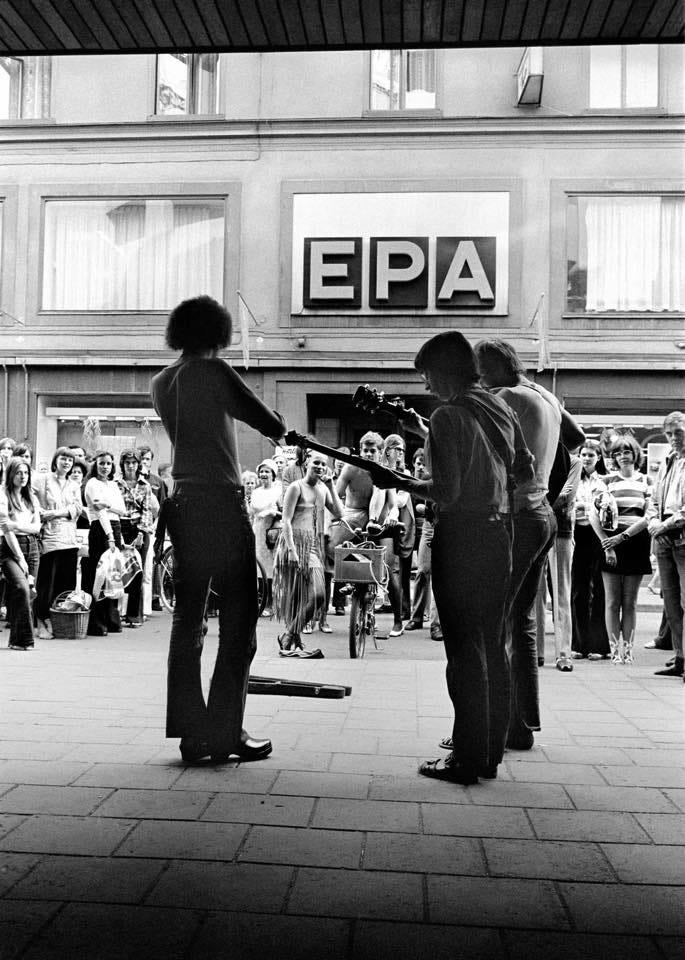
In the basement was a trough of LP records.
It was not a proper record store, but a collection of cheap records for 10-15 kroner per piece that stood there and received little attention.
During a little break from the escalator bonanza, I took the time to scroll through the plates.
Then, a record appeared that became a very important part of my life: The Age of Atlantic, a compilation. Price: NOK 10.
I had a very tight holiday budget. I had saved exactly 210 kroner for this three-week holiday, enough for 1 jar of ginger ale + 1 almond bar every day, with a little left over for the jukebox.
The Age of Atlantic
I chose to forsake 1 daily dose of ginger ale/almond bar in favor of that LP.
The main reason: it contained not one, but two, Led Zeppelin songs: “Communication Breakdown” and “Whole Lotta Love” from the then-unreleased Led Zeppelin II. It also had “Survival” from Yes’ debut album.
I was not familiar with all the other artists—Delaney & Bonnie, Iron Butterfly, Buffalo Springfield—but assumed they were something I had to like since Led Zeppelin and Yes were in it. The rest couldn't possibly sound like Olav Werner or Tre Tainers!2
I quickly became interested in track 3 on side A: “Black Hearted Woman” by the Allman Brothers Band.
There was a picture of their record—a bunch of long-haired men standing in a colonnade.
Why this particular song hit me with such force? I don't have an answer.
It just was like that.
Fast-forward to 1971
I began reading the New Musical Express every week. NME didn’t reach Kongsberg in 1971. I acquired it at Narvesen on the bridge end. Had a permanent agreement with the nice ladies who worked in the small kiosk. Each week they set aside one copy for me.
Sometime later that fall, I noticed that the Allman Brothers Band’s At Fillmore East was on the U.S. charts.
“Okay, so they're still active,” I thought. (I had no idea there had been an album between3 The Age of Atlantic and the record moving up the charts.)
In late autumn 19714, I was visiting Music and Photo in Storgt. As usual, I looked through the pile of newly arrived records first.
And there it was: the Allman Brothers Band’s At Fillmore East.
My heart leapt.

For the first time I get to see the band up close, not just the tiny image I had dealt with so far. I have enough money with me and the record will be mine.
Once home, I made the shocking discovery that there were only 7 songs, 2 spanning an entire side of an LP.
Have I fooled myself?
Only the contents of the grooves can tell me.
Side A: the classic opening line “Okay, the Allman Brothers Band” kicks off a journey of the densest, most cohesive rock band in history.
I didn't fully understand at first. Some lessons were immediately available, others I had to spend time digesting.
What I understood was that this was something completely different from what I had dealt with so far in life.
Another thing I quickly grasped: this is a journey I will be part of.
I won’t dwell much more on the record itself, just note that it has followed me like a shadow for 49 years.5
It contains “In Memory of Elizabeth Reed,” the song I've played by far the most of all the songs on all the records I've ever owned. I’m still playing it several times each week.6 The length of the song depends on how the band felt that day, but most often it clocks in somewhere between 12 and 18 minutes. The original studio version was 7 minutes long.
The Allman Brothers Band is a rock ‘n’ roll band that plays blues with the hallmarks of jazz. Total freedom and long improvisations are their trademark.
The members were between the ages of 22 and 27 in 1971. That is in itself remarkable when you hear them in action.
A lot fell into place for me when I read an interview with Duane Allman where he talked about his sources of inspiration. He made no secret of the fact that he had listened a lot to those he called “those cats”—John Coltrane, Miles Davis, Charles Mingus, etc. In addition, of course, he had listened a lot to the great blues artists.
Duane played on the records of Aretha Franklin, Boz Scaggs, Wilson Pickett, King Curtis, and more.
And he delivered the goods on Layla, the magnificent Derek & the Dominos record with Eric Clapton.
Duane died far too soon, just 7 months after recording At Fillmore East. He would have turned 25 a month after his death. To me, it’s the biggest loss in rock history after John Lennon.
What this band would have driven to with Duane, no one can say with certainty, but that it would have become something even bigger than it already was when he died is for sure.
Even without Duane Allman, the band kept going until 2014 and had great success at times. The last few years with a lineup that almost matched the original cast.7
Per Edvin Wadd Hermansen
A note on samplers from Bob
Compilations were a long-favorite way I learned about new music. I had more than a few K-Tel samplers in my day, a trend I continued when I discovered punk rock in high school.8
By the CD era, I built my collection with greatest hits albums to ensure I had the choicest cuts of each band. Sometimes that led me down a band’s rabbit hole.
In one case, the Allman Brothers’ Decade of Hits, greatest hits collection changed my life forever.9
Thanks for reading.
I appreciate having you here.
Ultimately, the band only played in Europe 3 times: 1974, 1980, & 1991.
Per’s note: Terrible Norwegian artists.
Idlewild South, released September 1970.
Per’s note: It may even be so late that a few inches of snow had fallen and the first liters of water had been sprayed over the ice hockey rink at Skauløkka, where I was goalie for 25 years.
54 years, as of publication.
Per’s note: Not just the version on this album, but preferably one of the 40 other versions I have. It's my No. 1 favorite song of all time.
I don’t think it’s hyperbole at all to say this. That final lineup was truly something special. Would that they’d have put out one more studio record.
Per’s note: The recording of the concert they did at a jazz festival in New Orleans on my 50th birthday is among my dearest possessions. The band is boiling, perhaps in honor of me.......
This was a goldmine for me: SST’s two Blasting Concept albums, Dischord’s Flex Your Head, and Smoke 7’s Buried Alive were among my favorites. But I bet I have a half-dozen on the shelf.


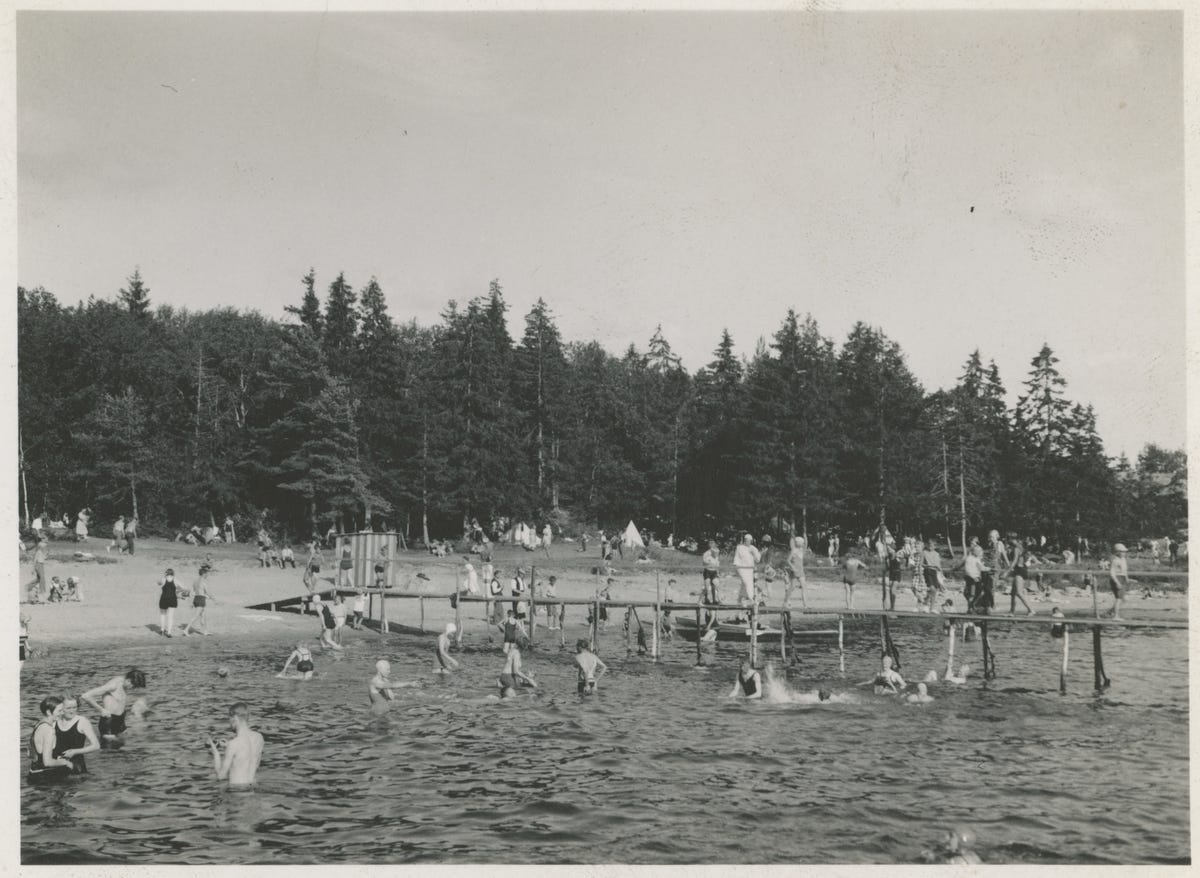
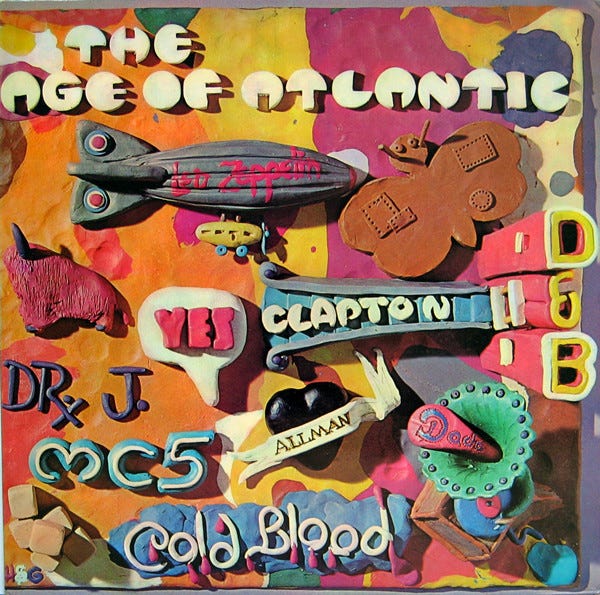
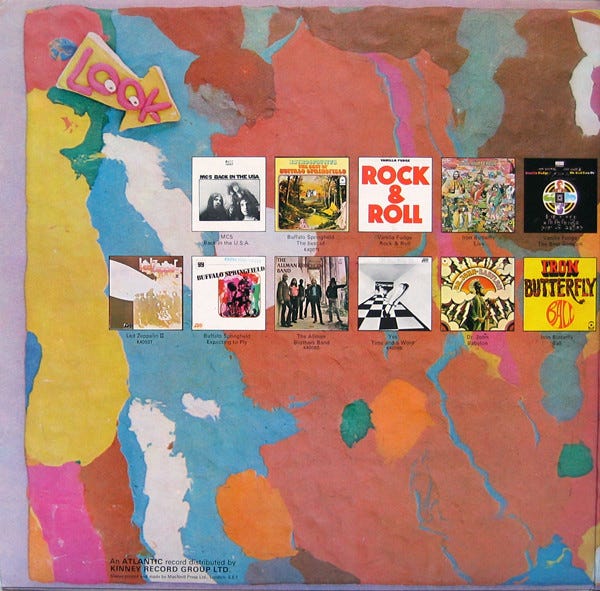




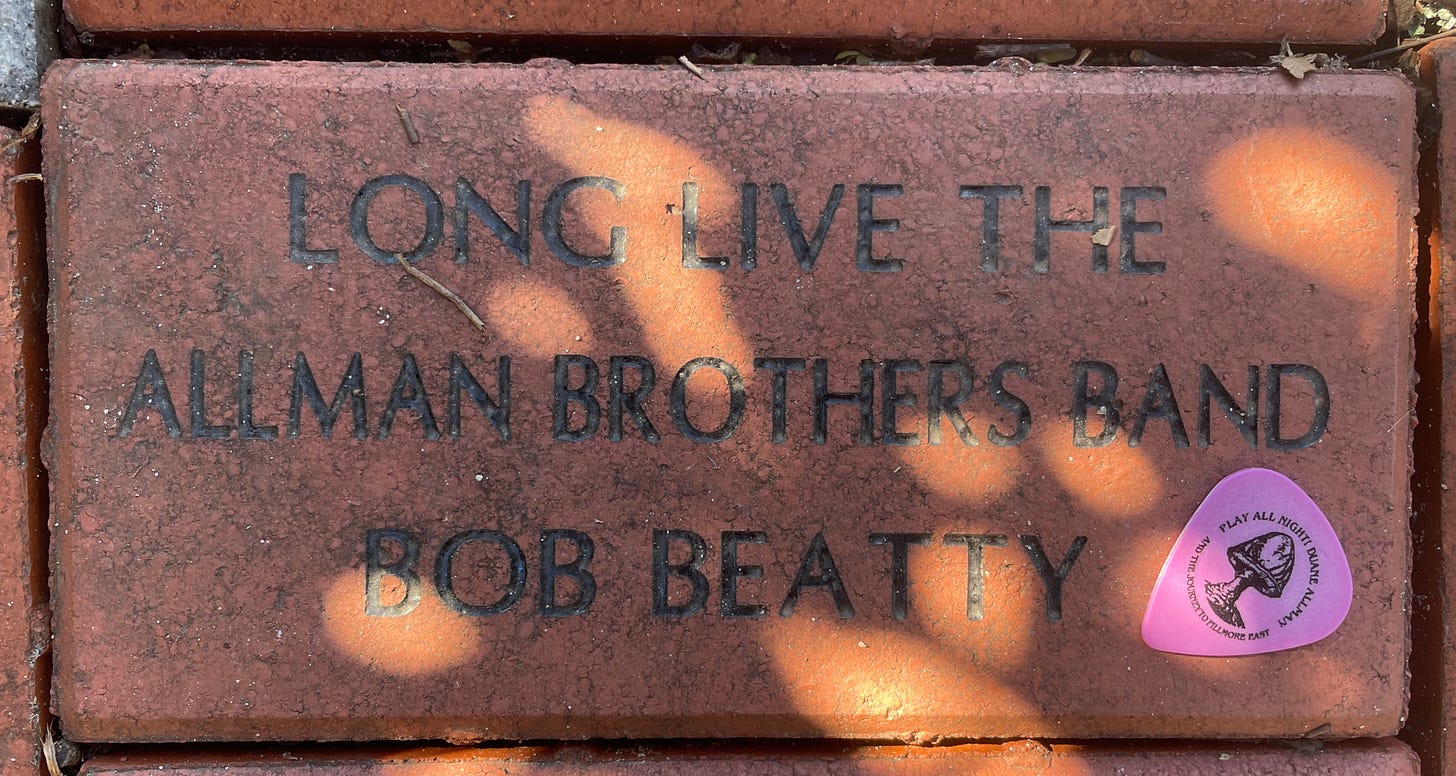

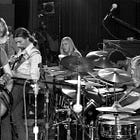
What a cool,cool story!
Great freaking story. :)